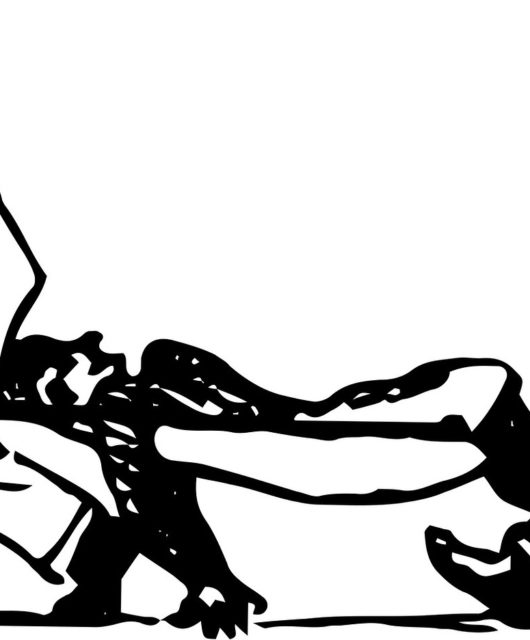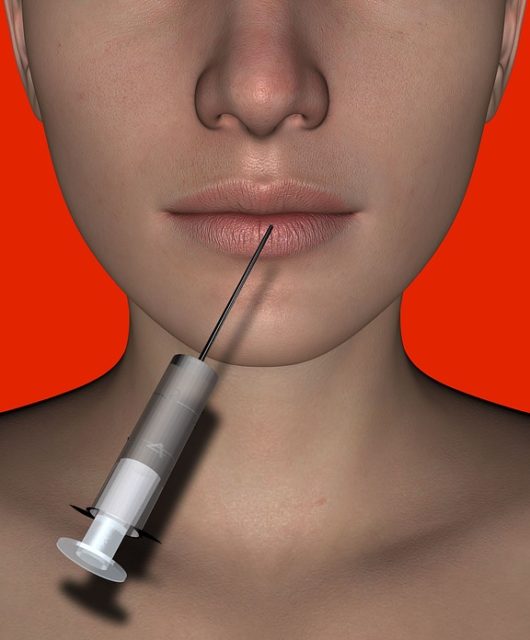8 Excellent Tips on How to Cut Your Prescription Drug Costs

There are a number of clever ways you can keep your drug prescription cost in check. Read this article for some practical tips!
Getting health insurance coverage for your medications can be a challenge. And even if you do have coverage, it seems like prescription costs are only going up year after year.
The prices of 20 of the most commonly prescribed drugs in the U.S. have skyrocketed up to 10x the rate–even when adjusted for inflation.
But there are ways to work around the system and find great deals on all the prescriptions that you need. Here are 8 insider tips that might just save you money on your medications.
1. Ask for the Cash Price
Usually, you’d expect that your insurance will give you a lower price. But try asking your pharmacy what the medication will cost with the insurance vs the cash price.
You might just get an outcome that surprises you. This happens in cases where your insurance’s typical copay is actually more than the cost of the medication.
2. Look for Generic
Whenever they’re available, you can ask for a generic brand to save some money. Brand name and generic drugs contain the same active ingredients, are the same in strength, have the same dosage, and meet the same quality control standards.
The difference between the cost of brand name and generic drugs can differ depending on the type of drug and the pharmacy. Here are some examples:
- Prozac costs $280.19, but the generic sells for $29.99 (89% savings)
- Zantac costs $173.39, but the generic sells for $10.00 (93% savings)
- Vasotec costs $103.59, but the generic sells for $18.19 (82% savings)
- Zestril costs $96.29, but the generic sells for $29.99 (58% savings)
3. Try a Foreign Pharmacy
Prices will also differ by country. In the U.S., most medications are controlled by corporations. In order to turn a profit, some of these corporations can vastly increase medication prices–much more than they’re worth.
If you live close to the border or you’re able to buy foreign medications online, try looking to other countries. A Canadian pharmacy can get you medication for up to 75% off of the U.S. price.
4. Use a Pill Splitter
Sometimes, by splitting a medication in half, you can save yourself 50% of the cost. This occurs when pharmaceutical manufacturers give their medications the same price–for all strengths.
In these cases, you can get a supply of medication in a higher strength than you need and then cutting it in half.
Start by doing a cost comparison between the two dosages. If the higher dosage is less than double the cost of the regular dose, then you’ll be saving money by pill splitting. Cost savings can be between 30% and 50%.
However, this can’t be done with all medications. For some, it could be dangerous. Try asking your doctor or pharmacist if there would be any problems with splitting the pills.
Types of pills that are easily split include Ambien, Paxil, Viagra, Lipitor, Luvox, Serzone, Zoloft, and Zyprexa.
5. Try a Discount Card
Companies like GoodRX give a discount card that you can use to buy medication at participating providers. These companies have an arrangement with participating pharmacies–so you’ll get a cheaper price and the company gets a cut of the transaction.
You can ask the pharmacy what the price would be with insurance and without insurance–and how that would change if you add in a coupon.
Some of these discount websites will even show you the options for different pharmacies in your area. Then you can compare prices and pick the pharmacy that gives you the best deal.
6. Check Over-The-Counter Pills
Sometimes, over-the-counter medication can be just as effective as a prescription–and usually a lot cheaper too. For example, Pepcid can be prescribed to patients for about $60. But an over-the-counter Pepcid–which is a weaker strength–can be taken at the same dose as the prescription version for only $23.
Do some research on the medications you’re looking for. You never know, there might be a similar or alternative medication available without a prescription–and at half the cost.
7. Ask for an Older Version
A doctor may prescribe you the newest medication, which has been promoted as more effective. While there may be advancements to that particular drug, it often just makes it more expensive.
In many cases, the newer medications aren’t any more effective than the older ones. But the newer medications can be more effective in securing a profit for the drug manufacturer.
Try asking your doctor if there’s an older alternative still on the market that could address your symptoms. As long as these older versions of the medication are effective and meet standard regulations, they can cut the cost of your prescriptions while giving you the same effect.
8. Stop Using Medications You Don’t Need
Review all of your prescriptions each time you visit your doctor. You might be paying for drugs that you no longer need.
You can also get a second opinion from your pharmacist–who might be able to find something your doctor missed.
In some cases, a change of medication could eliminate side effects, which could then eliminate the need for another medication. In other cases, new medications could handle different symptoms without the use of multiple prescriptions.
Don’t hesitate to ask your doctor and pharmacist about how you could shift your prescriptions to save money or eliminate any medications that you don’t need.
Cut down on Your Prescription Cost
If you’re like a lot of Americans, you might find that your prescription cost keeps going up and up. But there are ways to save money that you might not have heard of–some that could save you up to 90% of the original cost of the medication.
Take a look at some of these tips and tricks–so you can keep your prescription costs in check. You never know until you try.
Looking for more ways to save on healthcare costs and medical expenses? Check out our health and fitness section for more!









